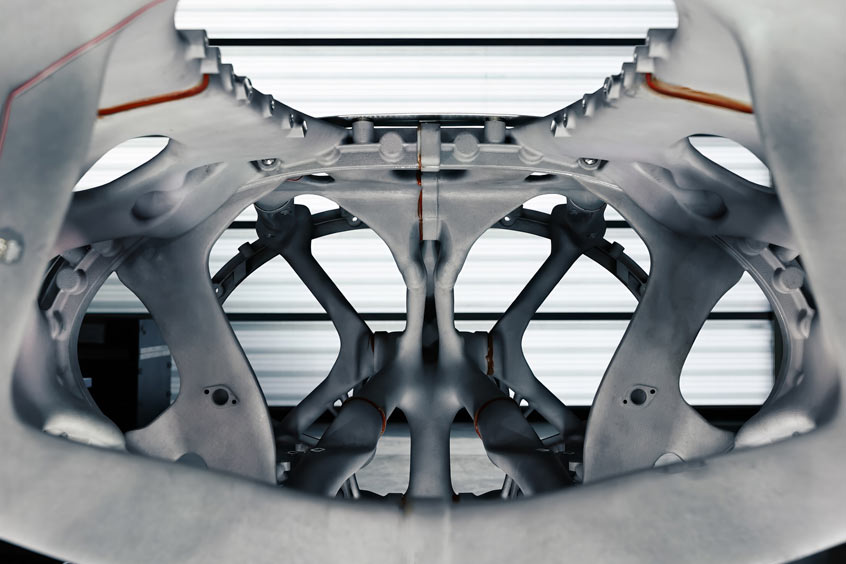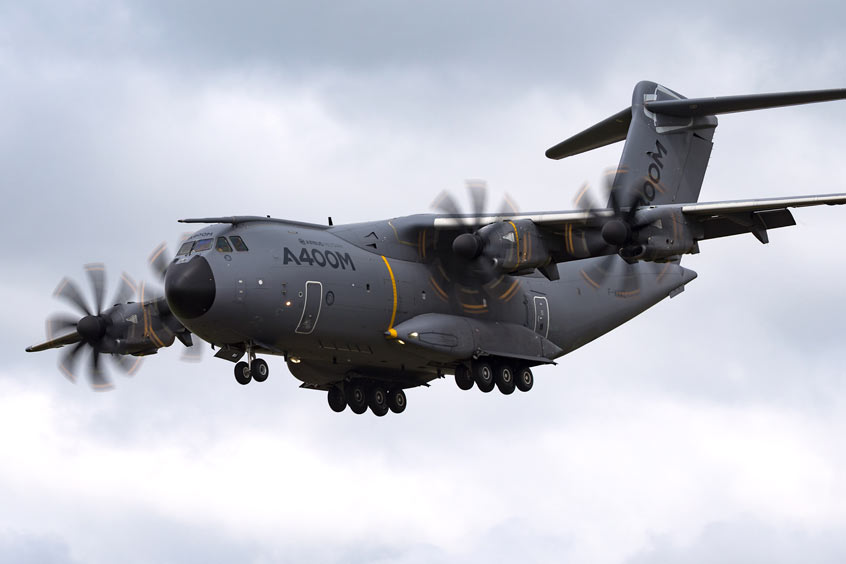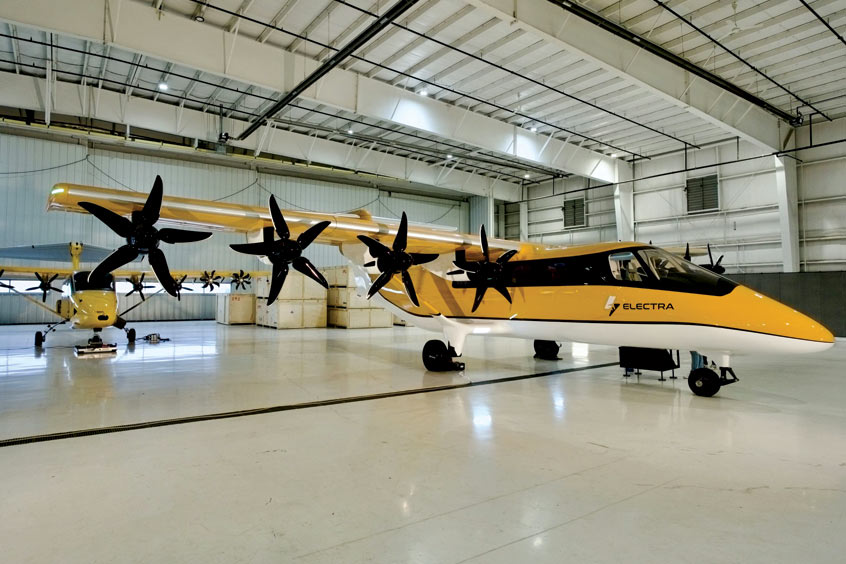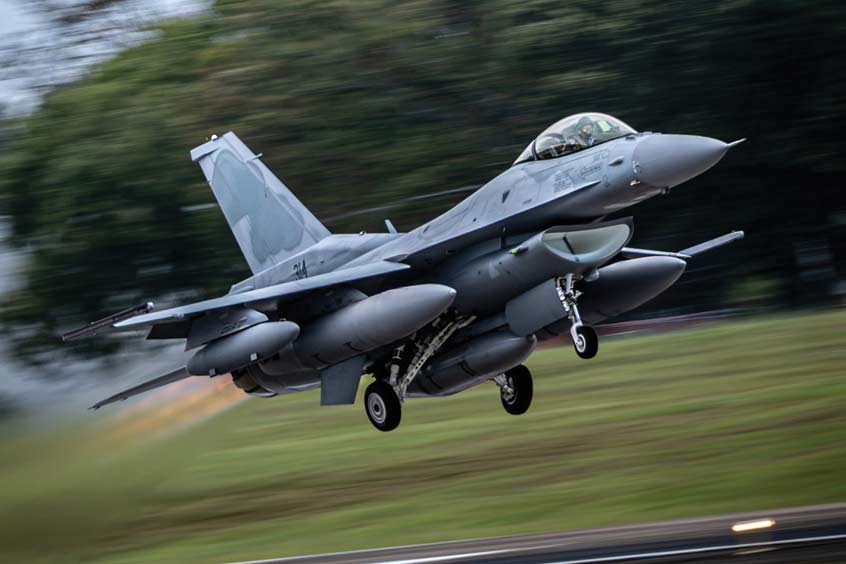PRESS RELEASE
Issued by: Cormorant Aerospace B.V.
Hilversum-based aircraft company Cormorant SEAplanes will move to Teuge International Airport before the end of this year. There it will move into the hangar of E-Deck, an initiative of Dutch entrepreneur Evert-Jan Feld. The choice of this location is obvious because the E-Campus has been developed there since April last year. This E-Campus should become the centre for everything to do with electric flying in the Netherlands; Cormorant fits seamlessly into the ecosystem at Teuge with its contemporary design as an 8-seat, net-zero emission, electric amphibious aircraft for short- to medium-range flights.
Until recently, Cormorant had its workshop at Vonk in de Wijk, a sustainable incubator for start-ups, but the company developed so quickly recently that it had to look for more suitable accommodation. Early this year, it joined the Scottish Sustainable Aviation Test Environment 2 as an industry partner. From then on, things moved quickly. As part of this project, Cormorant is working with, among others, German companies Leichtwerk AG in Brunswick and Hoffmann Propeller in Rosenheim. The company is also working closely with the University of Glasgow and Robert Gordon University in Aberdeen.
The collaboration at Teuge goes beyond just renting hangar space. E-deck also houses the E-Flight Academy, the world's first electric flight school to fly fully electric aircraft from Slovenian company Pipistrel. These aircraft use electric motors that seem very suitable to be used in the Cormorant design. The E-Campus will eventually house a variety of shared research facilities, including virtual and augmented reality technology, hybrid and electric aircraft, battery technology, flight simulators, and charging infrastructure.
“Cormorant has been designed as an amphibious aircraft, allowing it to operate from water and land,” said Chris Rijff, the company's chief designer and CEO. He continued, “The aircraft is powered by a so-called ducted fan situated in the centre of the airframe. The design uses an automated five-blade fan system developed for the RFB [Rhein-Flugzeugbau GmbH] Fan Trainer, a military training aircraft developed in Germany in the last century.”
Powered by two electric motors of 260 kW/h (349 hp) each, Cormorant is designed for a maximum speed of 460 km/h (248 kts) with a maximum take-off weight of 2,240 kg (4,938 lb.), the cruising speed is lower and varies between 270 km/h (145 kts) and 350 km/h (189 kts). To make the electrical power systems suitable for certification (EASA CS23 Level III), they are designed to be dual energy vector. This can be batteries combined with a turbogenerator on SAF or with liquid hydrogen fuel cells. The aircraft seats seven passengers and a pilot and can be converted to air ambulance or cargo transport in minutes. The certified flight distance is c. 810 km, with a flight endurance of some 3.75 hours.
| Contact details from our directory: | |
| Cormorant Aerospace B.V. | Airframer |
| Related aircraft programs: |
| Cormorant SEAplane |
Weekly news by email:
See the latest Bulletin, and sign up free‑of‑charge for future editions.

Saab advances digital manufacturing with autonomous fuselage

Airbus deploys Stratasys printed parts for A320, A350 and A400M

Electra kicks off Part 23 application for hybrid-electric EL9
